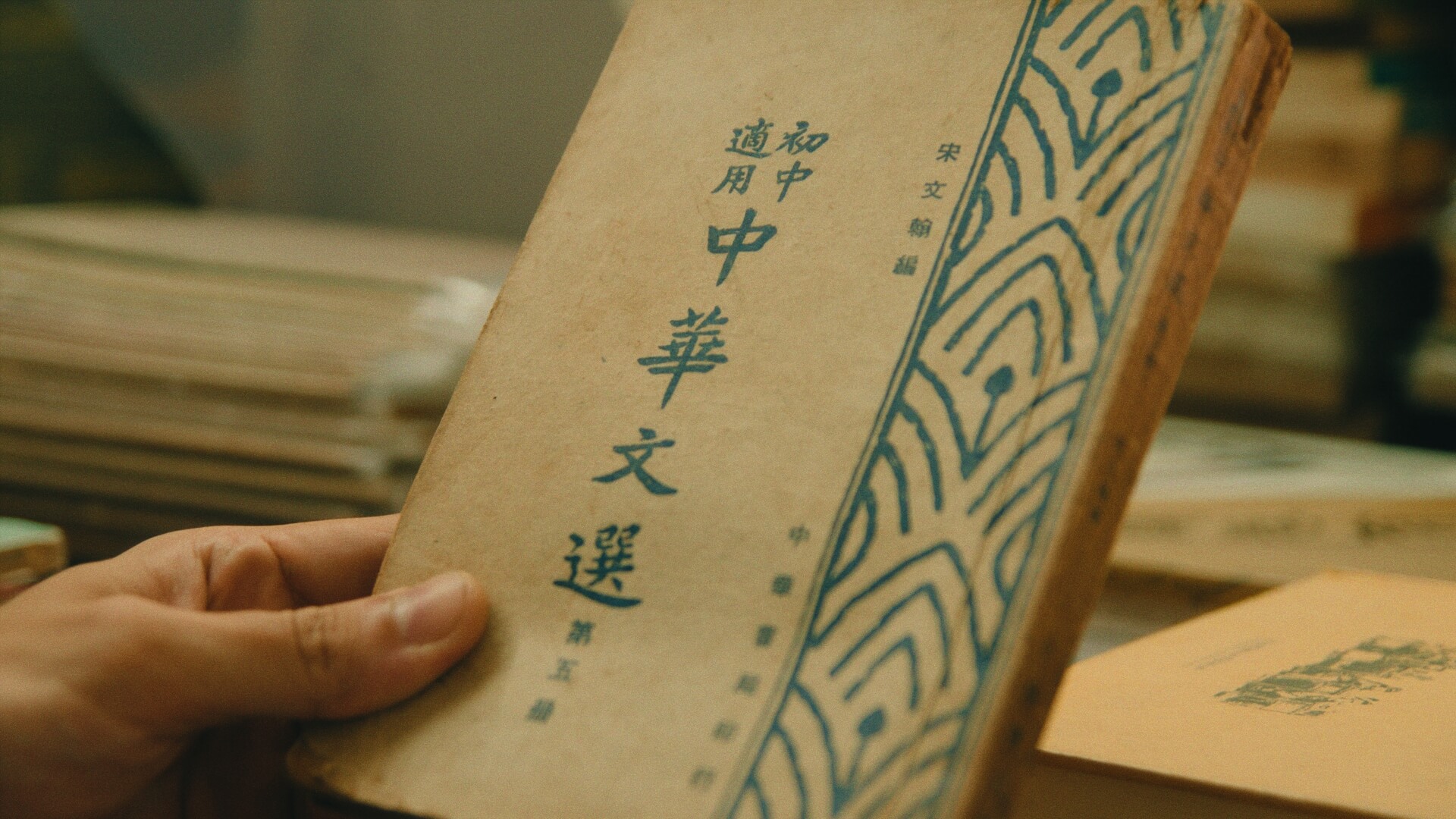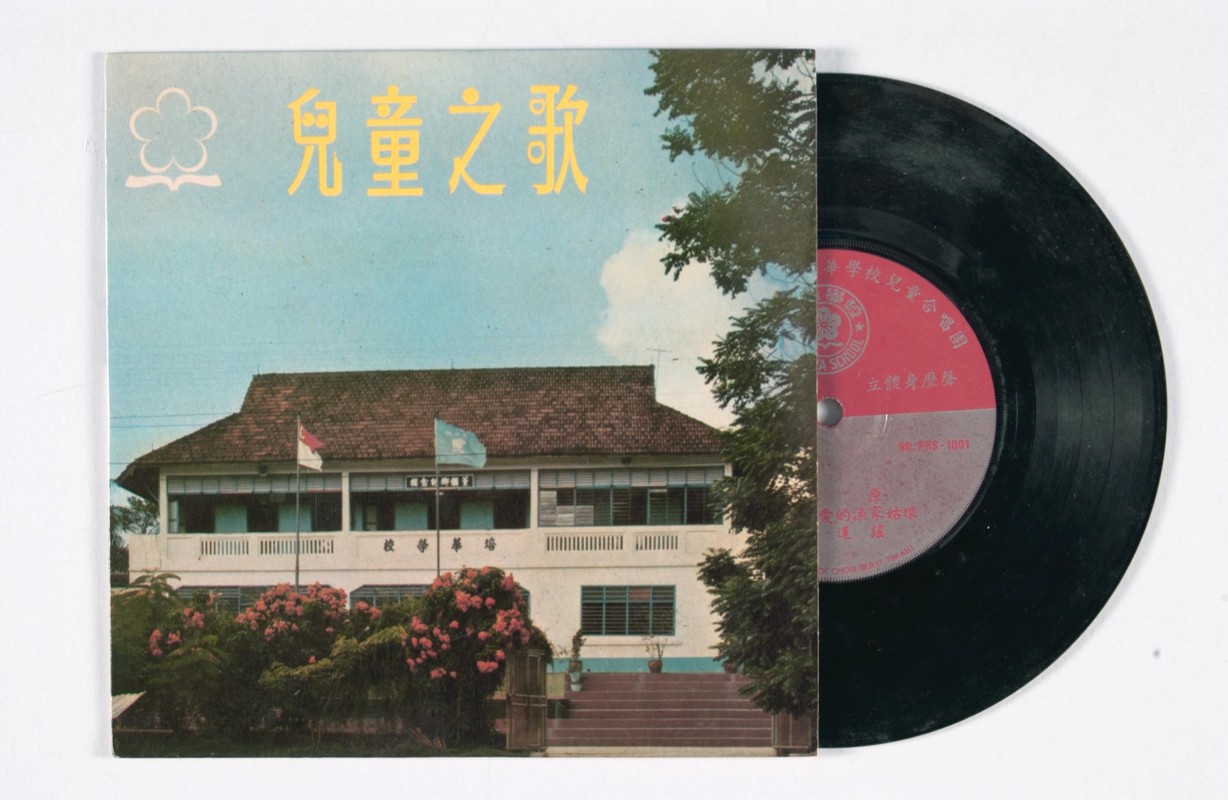新加坡的福建话
福建话,是新加坡、马来西亚、印尼等南洋地区华人对闽南话的俗称。若从语言学的学术角度來权衡,这个叫法不免有概念不清的缺陷,若以闽南话、闽南方言称之,更具体、更准确。
这是因为,“福建”是省之名称,地分闽南、闽北、闽东、闽西,境内的方言也十分复杂。不光有闽南话、闽北话、莆田话,还有西部的客家话,因此,以一省之名來称呼只通行于闽南一隅的方言,忽略了闽北话、闽东话、客家话的客观存在。不止如此,外地人提起福建话,很容易理解成指称的是福建省内所有的方言土语。因此,严格而言,福建话和闽南话是有区别的,然而,在新加坡,以福建话来指称闽南话,是约定俗成说法。
新加坡华人所说的闽南话,主要是19世纪下半叶至20世纪初先后由福建闽南的漳州、泉州与厦门三地各县市的移民带来的,其特点主要体现在包容性和融合性上,使得新加坡福建话在交际表达过程中具有福建各地闽南话难见到的灵活性和变异性1。
语音
根据学者们的研究,新加坡通行的闽南话,语音体系接近同安话,基本是以泉州腔、漳州腔、厦门腔为基础综合而成的,声母有18个,韵母有88个,声调8个,这跟泉州话、厦门话十分接近。不仅如此,本地的闽南话也同样保留了一些古代的语音特点。例如,华语读齿唇音声母f的字,如“分、飞、蜂、房”等,仍然读双唇音b、p,这是唐代以前的语音特点,属于汉语语音史上的“轻唇音读为重唇音”演变规则;再如,华语读卷舌音声母的字,如“直、中、抽、茶”等,读舌尖中音d、t声母,这是保留了唐代以前的语音特征2,属于汉语语音史上的“舌上音读为舌头音”的演变规则。
词汇
词汇方面,本地闽南话跟福建境内的闽南语相同,其中高达85%的词语是一致的。部分词语也保留了古代汉语的说法,例如:浇水灌溉称“沃”[ak]、藏匿称“囥”[khŋ]、天晚称“晏”[ũã]、走路称“行”[kiã]、跑步称“走”[tsau]等。本地闽南话也吸收了友族语言的部分词语,包括马来语、英语、广东话的表达形式。例如,从马来语借用的词语有:镭[lui](铜板,金钱,来自马来语的duit)、罗弄[lo lɔŋ](巷子,来自马来语的lorong)等。3
语法
语法方面,华语的人称代词“我、你、他”,闽南话分别对应的是“我/阮、汝、伊”;常用的否定词有:无、袂、未、毋、免、莫;华语表示曾经时态、完成时态的“已经、过、了”等,闽南话多用“有”来替代。例如:我有吃(我吃过);我有做(我已经做了)。
新加坡的闽南话对本地华语有影响。一方面,新加坡的闽南话,有借用自马来语、英语的部分词语,另一方面,闽南话的某些说法,也进入华语系统,丰富了南洋华语的表达。例如:怕输、苦力工(重体力劳动者)等,常见于本地华文书刊;语法方面也有若干结构,进入华语语法体系。例如,表达动作曾经完成体的“过、了”,常常用“有”代替,例如:这部电影我有看(这部电影我看过)。
最广泛使用的方言
福建社群是本地最大的华人移民群体。根据人口普查等资料,早在1881年本地华人总人口仅8.6万,其中28.8%的人口操闽南话;到1970年华人总数达157.9万,其中42.2%的人操闽南话4,约等于66.6万人。20世纪80年代的调查数据显示,即使马来族的同胞,也有17%的人听得懂福建话5。
新加坡很多地名的标记是用闽南语音、词语等记录的。例如常用字“厝”(林厝港、杨厝港、蔡厝港等)是闽南话家、屋子的意思,闽南音为[tshu]。6
历史上,福建闽南话有几份地方韵书影响较大,如《彙音妙悟》(泉州人黄谦编写,1796年刊行)、《彙集雅俗通十五音》(漳州人谢秀岚编写,1869年刊行)。新加坡的闽南话,是中国福建省闽南话在南洋地区的延伸,其语音体系、词汇系统、语法规则,跟福建境内的闽南话属于同一个范围。


| 1 | 参见周长楫、周清海,《新加坡闽南话概说》,页5,32-34。新加坡福建话的包容性,指新加坡福建话除了具有福建闽南话代表厦门话的语音成分外,还包含了福建漳州、泉州两地区的闽南话语音成分。所谓融合性,则指新加坡许多闽南籍华人说的闽南话,不仅保留了乡音的特点,也把别人乡音中的语音成分吸收进入自己的口语里面,交互使用。 |
| 2 | 侯精一编,《现代汉语方言概论》(上海:上海教育出版社,2002),页209-248。 |
| 3 | 周长楫、周清海,《新加坡闽南话概说》,页12-15,92。 |
| 4 | 郭振羽、罗福腾,《多元和统一:新加坡的语言与社会》(新加坡:八方文化创作室,2022),页6。 |
| 5 | 郭振羽、罗福腾,《多元和统一:新加坡的语言与社会》,页21。 |
| 6 | 丘学强,〈新加坡“中英对译物名”中的汉语方言信息〉,《武汉大学学报》,第2期(2015),页121-122。 |
陈章太、李如龙,《闽语研究》。北京:语文出版社,1991。 | |
丘学强,〈新加坡“中英对译物名”中的汉语方言信息〉。《武汉大学学报》,第2期,2015,页121-126。 | |
周清海,〈新加坡闽南话与华语〉。收入氏著,《全球化环境下的华语文与华语文教学》,页25-32。新加坡:新加坡青年书局,2007。 | |
周长楫、周清海,《新加坡闽南话词典》。北京:中国社会科学出版社,2002。 | |
周长楫、周清海,《新加坡闽南话概说》。厦门:厦门大学出版社,2000。 |










